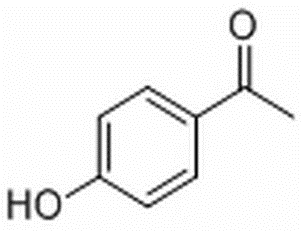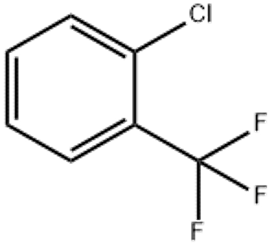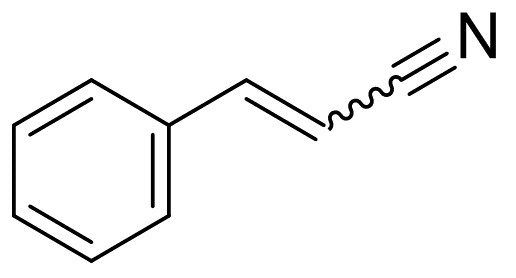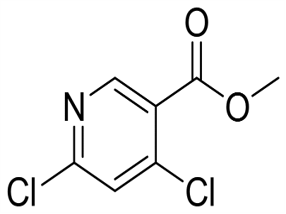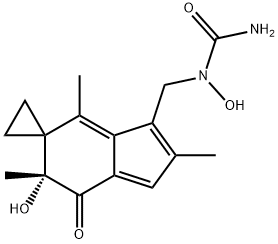Cyclopentene(CAS#142-29-0)
| Risk Codes | R11 – Highly Flammable R21/22 – Harmful in contact with skin and if swallowed. R36/37/38 – Irritating to eyes, respiratory system and skin. R65 – Harmful: May cause lung damage if swallowed R67 – Vapors may cause drowsiness and dizziness R52/53 – Harmful to aquatic organisms, may cause long-term adverse effects in the aquatic environment. R38 – Irritating to the skin |
| Safety Description | S9 – Keep container in a well-ventilated place. S16 – Keep away from sources of ignition. S26 – In case of contact with eyes, rinse immediately with plenty of water and seek medical advice. S33 – Take precautionary measures against static discharges. S36 – Wear suitable protective clothing. S62 – If swallowed, do not induce vomitting; seek medical advice immediately and show this container or label. S61 – Avoid release to the environment. Refer to special instructions / safety data sheets. S36/37 – Wear suitable protective clothing and gloves. |
| UN IDs | UN 2246 3/PG 2 |
| WGK Germany | 3 |
| RTECS | GY5950000 |
| FLUKA BRAND F CODES | 10-23 |
| TSCA | Yes |
| HS Code | 29021990 |
| Hazard Class | 3 |
| Packing Group | II |
| Toxicity | Acute oral LD50 for rats is 1,656 mg/kg (quoted, RTECS, 1985). |
Introduction
The following is an introduction to the properties, uses, preparation methods and safety information of cyclopentene:
Quality:
1. Cyclopentene has an aromatic odor and is soluble in a variety of organic solvents.
2. Cyclopentene is an unsaturated hydrocarbon with strong reactivity.
3. The cyclopentene molecule is a five-membered annular structure with a curved conformation, resulting in a higher stress in cyclopentene.
Use:
1. Cyclopentene is an important raw material for organic synthesis, and is often used in the preparation of compounds such as cyclopentane, cyclopentanol, and cyclopentanone.
2. Cyclopentene can be used to synthesize organic compounds such as dyes, fragrances, rubber, and plastics.
3. Cyclopentene is also used as a component of solvents and extractants.
Method:
1. Cyclopentene is often prepared by cycloaddition of olefins, such as by cracking butadiene or oxidative dehydrogenation of pentadiene.
2. Cyclopentene can also be prepared by hydrocarbon dehydrogenation or cyclopentane dehydrocyclization.
Safety Information:
1. Cyclopentene is a flammable liquid, which is prone to deflagration when exposed to open flame or high temperature.
2. Cyclopentene has an irritating effect on the eyes and skin, so you need to pay attention to protection.
3. Maintain good ventilation when using cyclopentene to avoid inhaling its vapors.
4. Cyclopentene should be stored in a cool, ventilated place, away from fire sources and oxidants.



